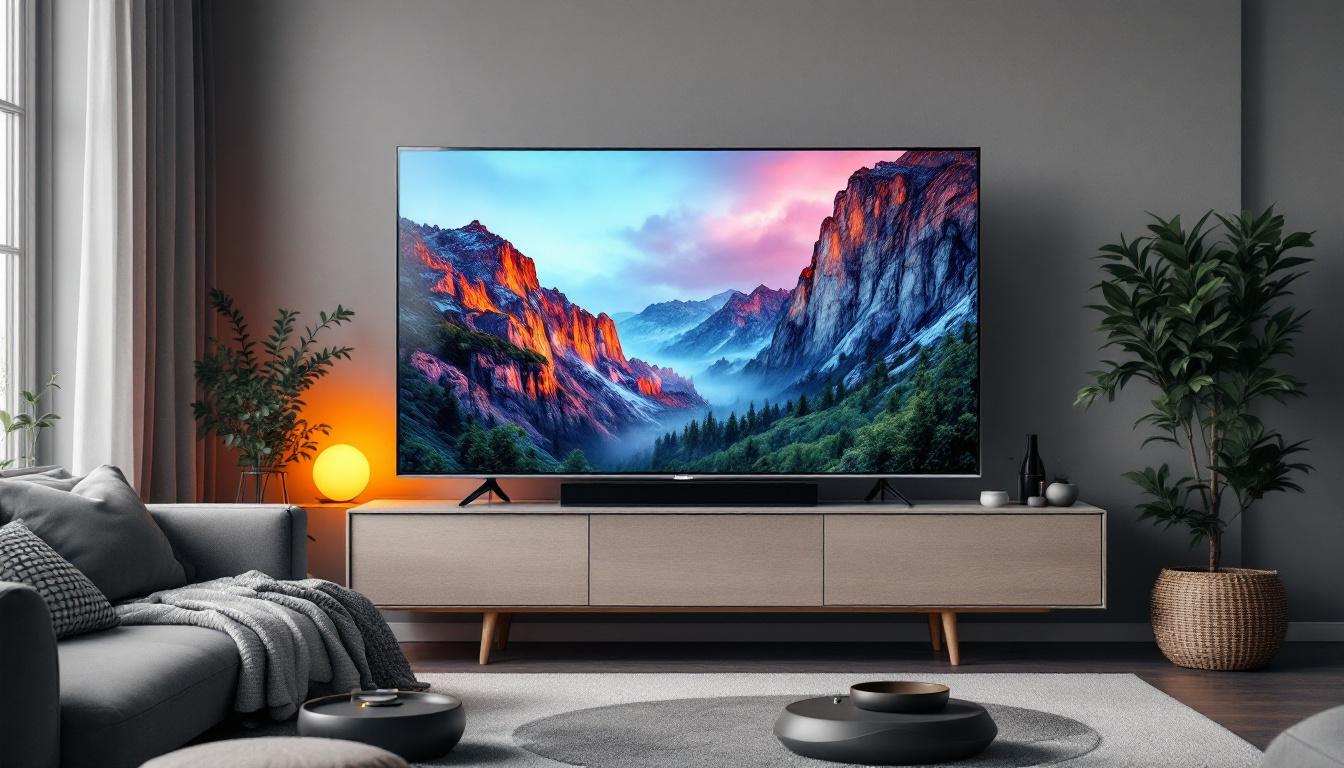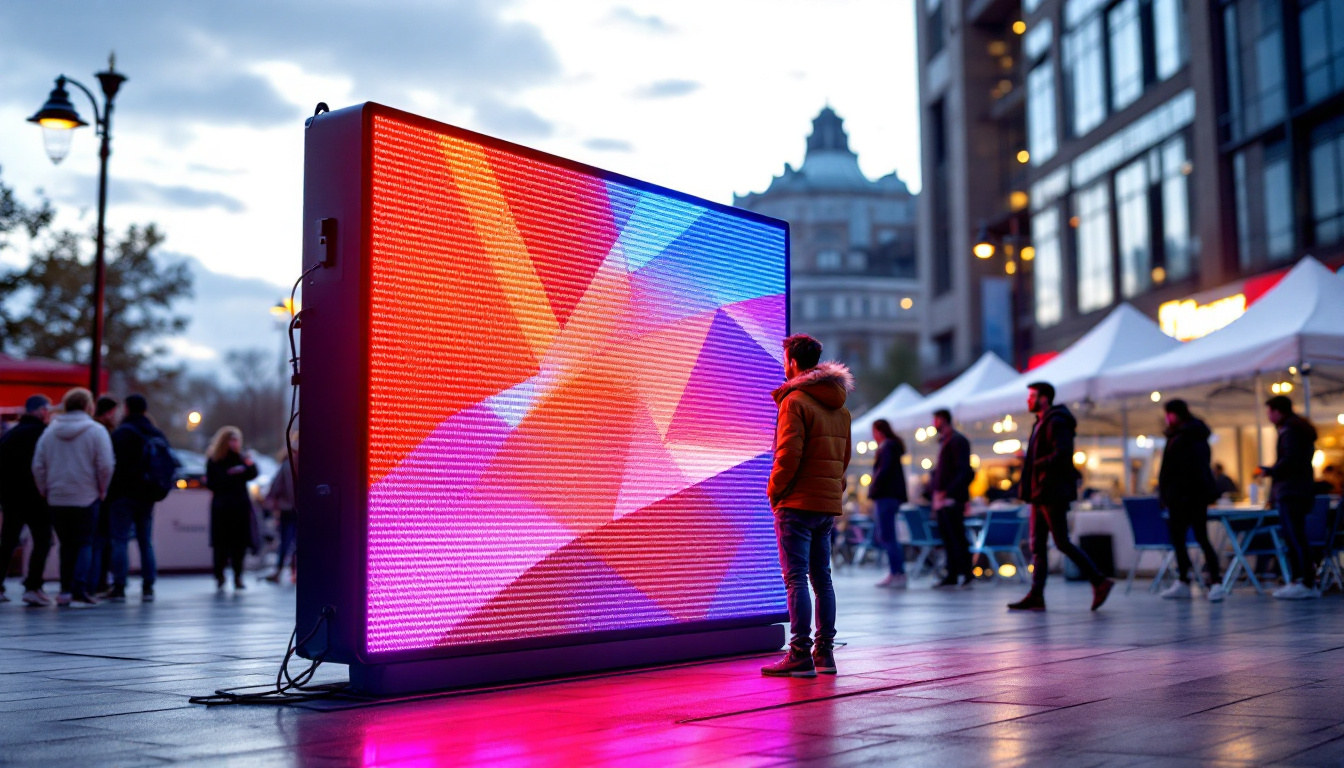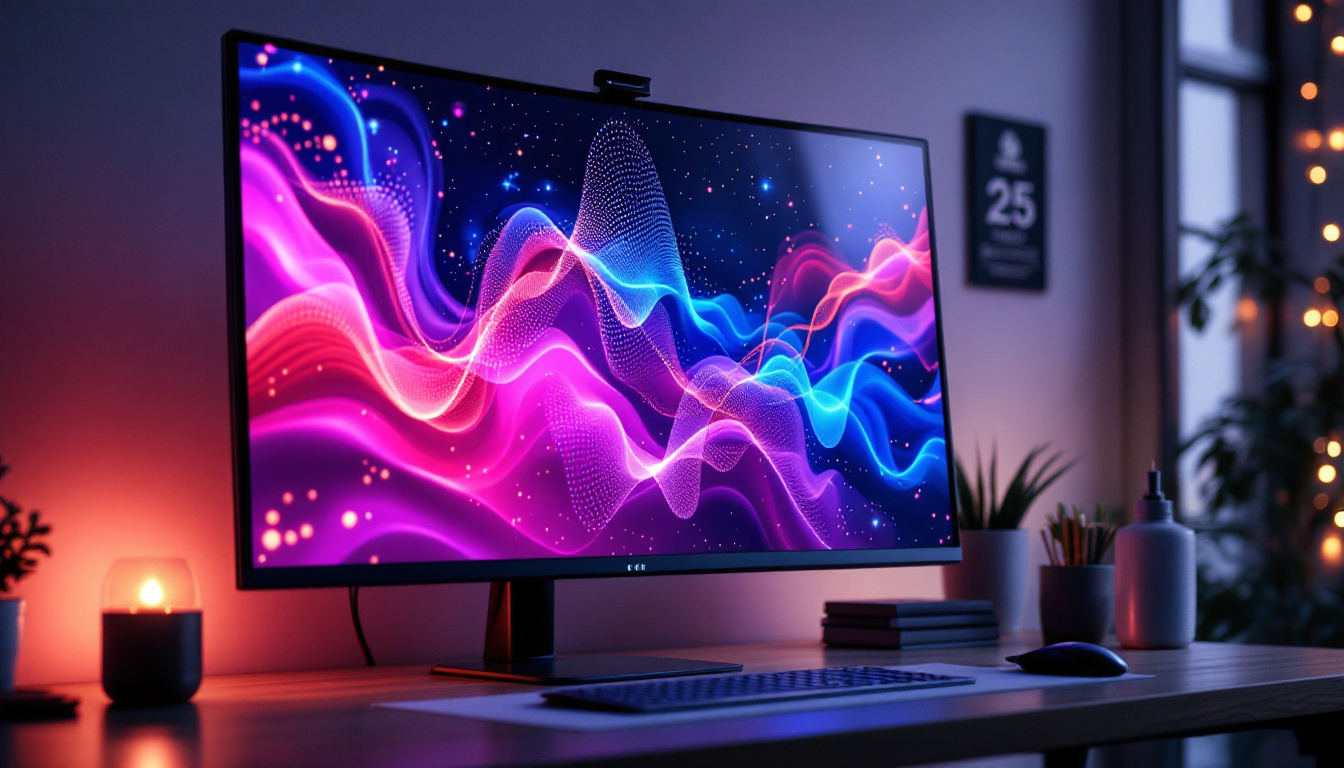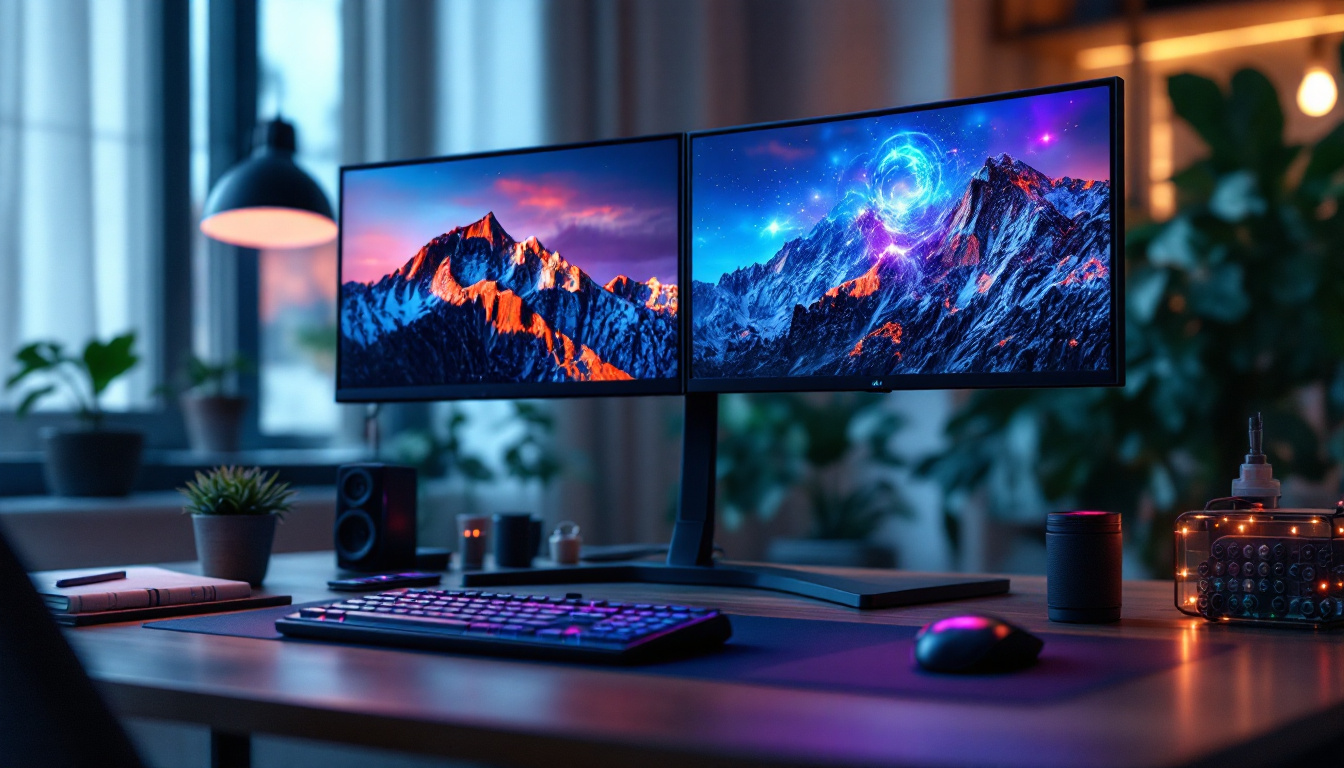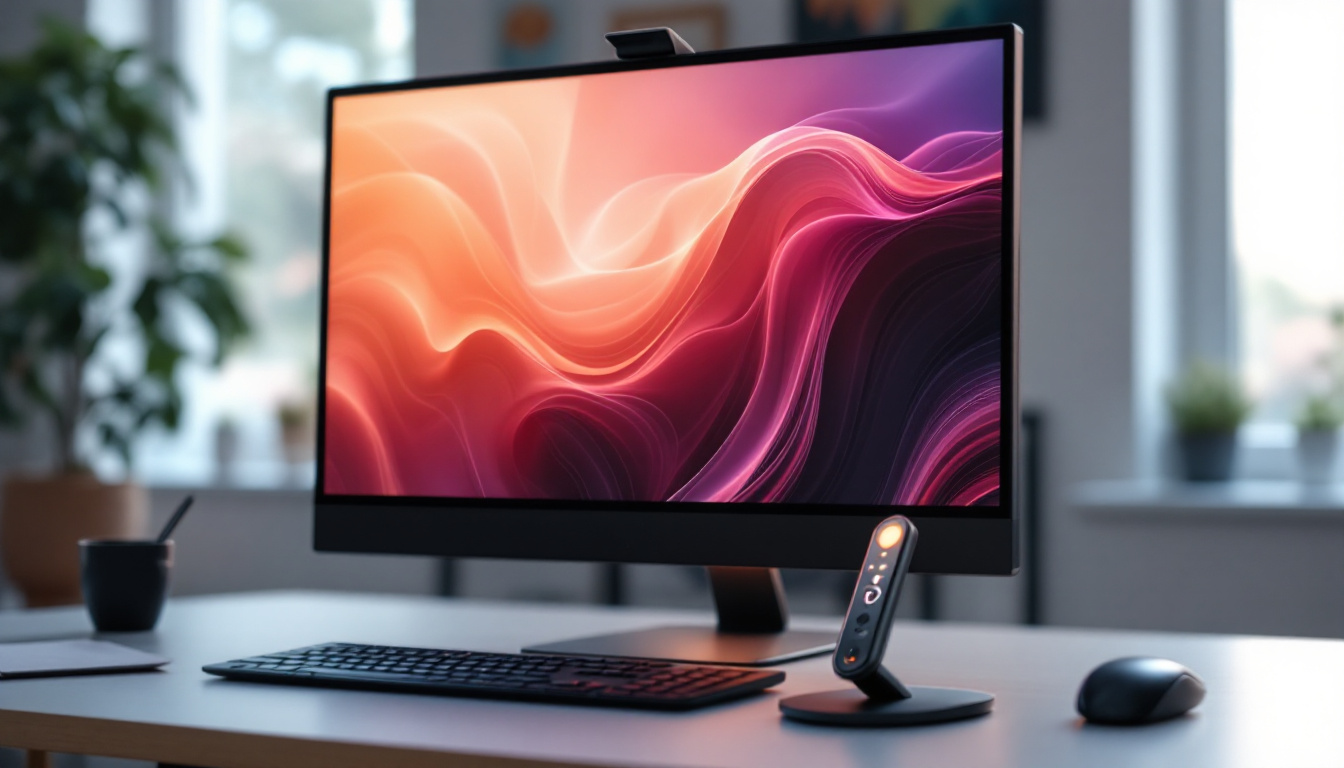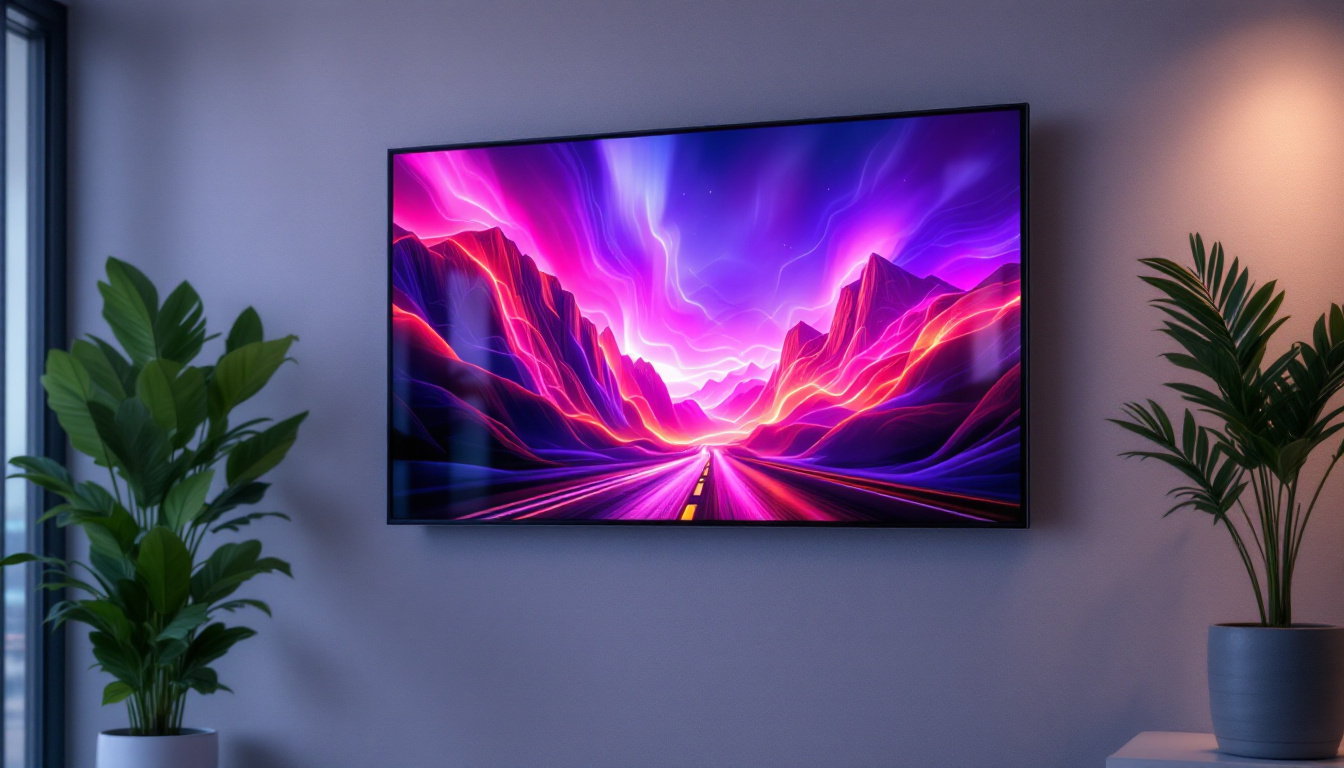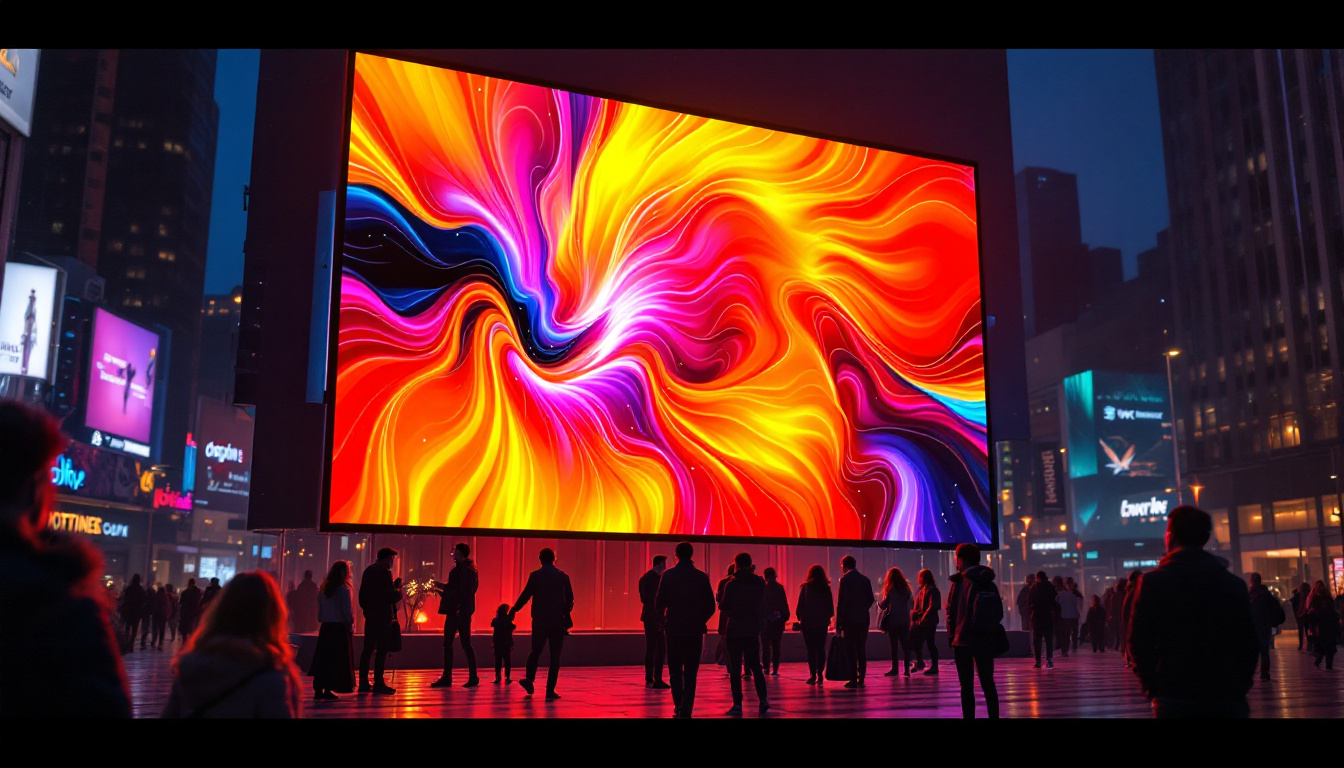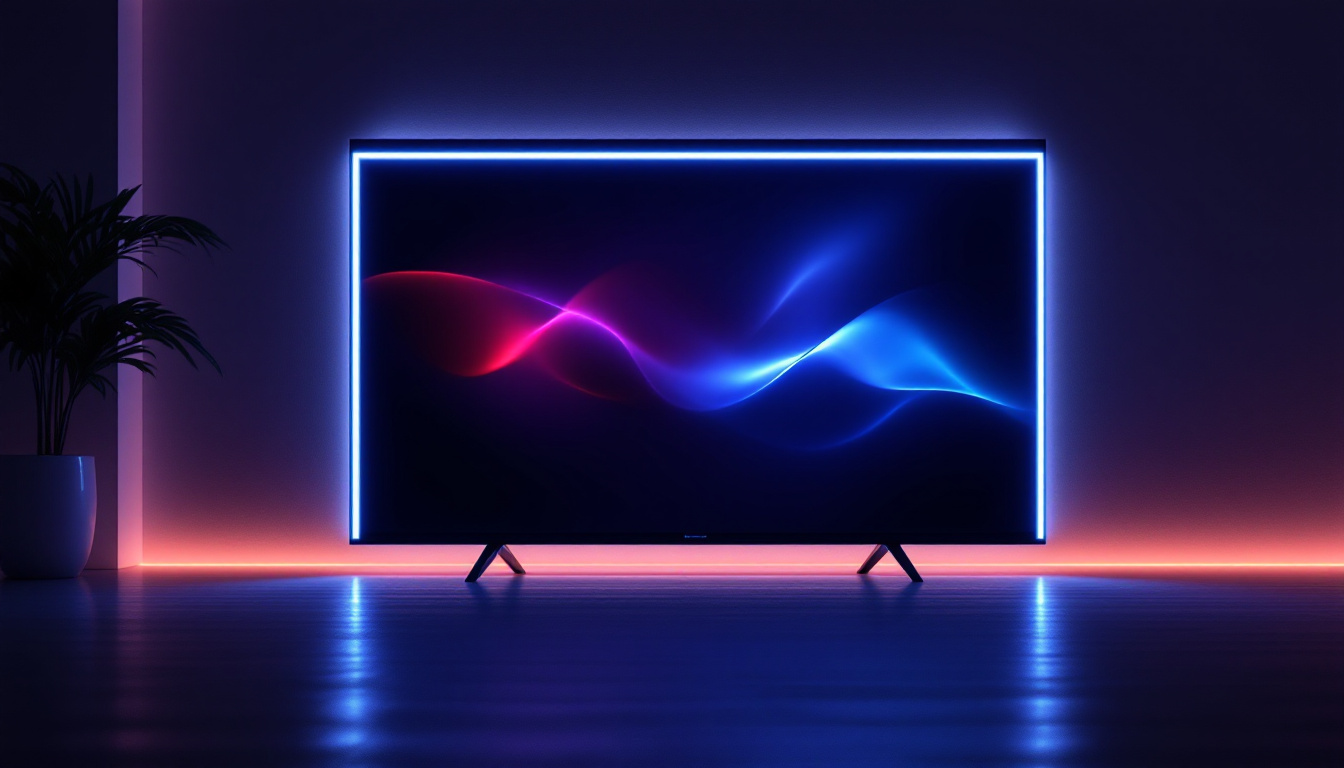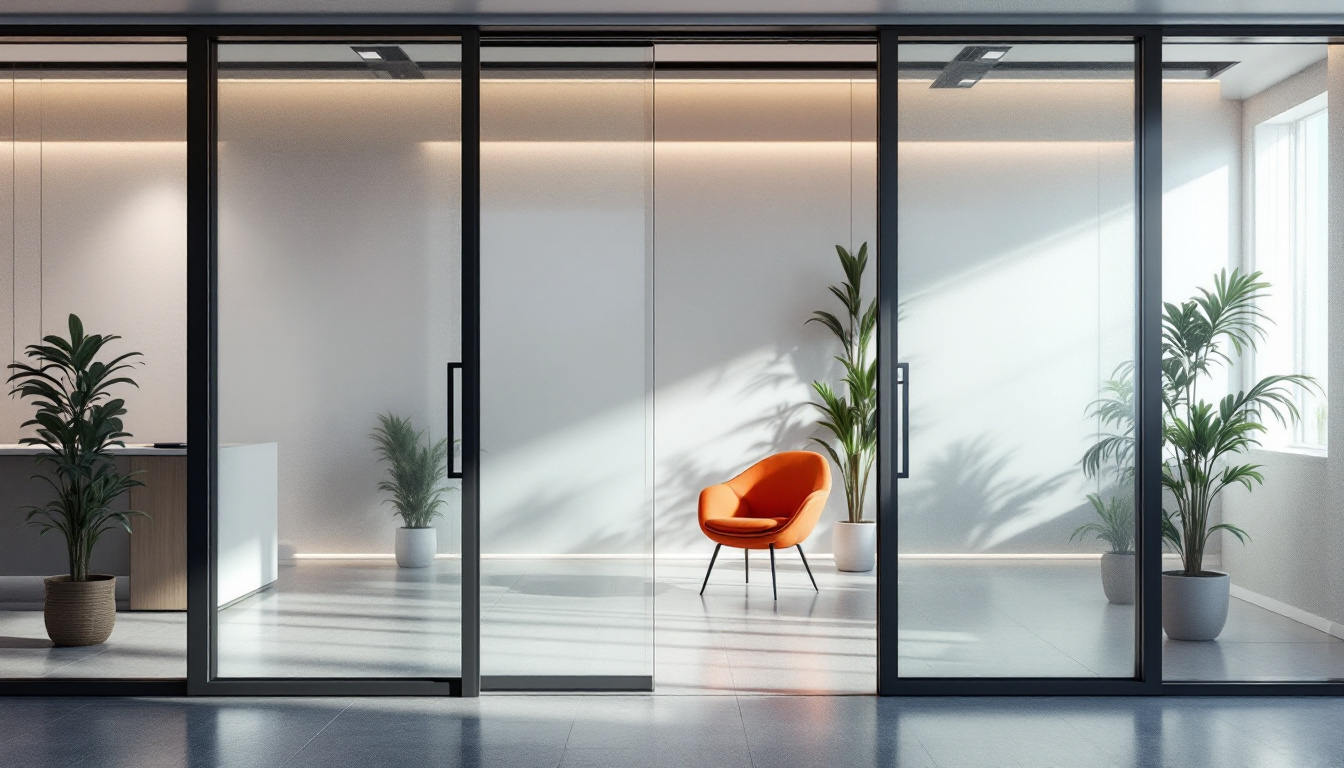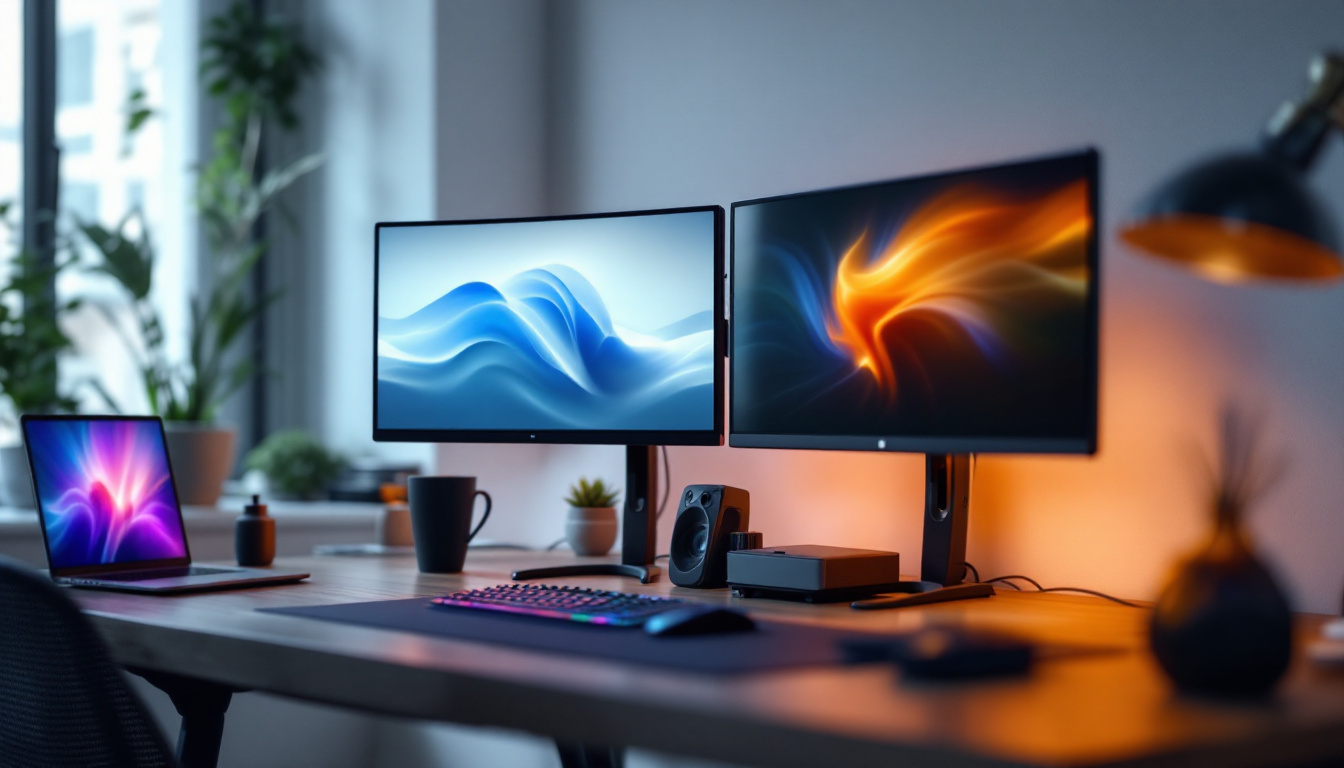Popular TV Sizes: LED Display Explained
Choosing the right TV size is a crucial decision for anyone looking to upgrade their home entertainment system. With the rapid advancement of LED technology, television displays have become more vibrant, energy-efficient, and affordable than ever before. However, the sheer variety of screen sizes and types can be overwhelming. This article delves into popular TV sizes, focusing on LED displays, and offers insights into how to select the perfect screen for your space and viewing preferences.
Understanding LED TV Technology
LED TVs, or Light Emitting Diode televisions, are a type of LCD (Liquid Crystal Display) TV that use LED backlighting instead of the traditional cold cathode fluorescent lamps (CCFL). This shift has brought about significant improvements in picture quality, energy consumption, and design flexibility.
One of the key advantages of LED technology is its ability to produce brighter images with better contrast ratios. This is because LEDs can be dimmed or brightened in specific zones of the screen, allowing for deeper blacks and more vivid colors. Additionally, LED TVs tend to be thinner and lighter, making wall mounting and placement more convenient.
In recent years, advancements such as Quantum Dot technology and Mini-LED backlighting have further enhanced LED TV performance, offering wider color gamuts and improved local dimming capabilities. These innovations have made LED TVs the dominant choice in the market, appealing to a broad range of consumers from casual viewers to cinephiles.
Moreover, the integration of smart technology into LED TVs has transformed the viewing experience. Many modern LED TVs come equipped with built-in streaming services, voice control, and even artificial intelligence that can recommend content based on viewing habits. This convergence of technology not only enhances accessibility but also allows for a more personalized viewing experience, making it easier for users to discover new shows and movies tailored to their preferences.
Another noteworthy aspect of LED TVs is their environmental impact. Compared to older television technologies, LED TVs consume less power and have a longer lifespan, which contributes to reduced energy bills and less electronic waste. Manufacturers are increasingly focusing on sustainability, using recyclable materials in their designs and implementing energy-efficient practices in production. As consumers become more environmentally conscious, these features are likely to play a significant role in their purchasing decisions, further solidifying the position of LED TVs in the market.
Popular TV Sizes and Their Ideal Uses
TV sizes are typically measured diagonally from corner to corner of the screen and are expressed in inches. The most popular sizes today range from 32 inches to 85 inches, each serving different needs and room configurations.
32 to 43 Inches: Compact and Versatile
TVs in the 32 to 43-inch range are ideal for small rooms such as bedrooms, kitchens, or offices. Their compact size makes them easy to fit into limited spaces without overwhelming the room’s aesthetics.
These sizes are also popular among budget-conscious buyers who want decent picture quality without investing in a large display. Modern LED TVs in this range often come with Full HD or even 4K resolution, ensuring sharp images despite the smaller screen size.
Moreover, many of these compact TVs come equipped with smart features, allowing users to stream their favorite shows and movies directly from popular platforms like Netflix, Hulu, and Amazon Prime Video. This connectivity makes them not just a source of entertainment but also a versatile multimedia hub, perfect for casual viewing or even as a secondary screen for gaming consoles and computers.
50 to 65 Inches: The Sweet Spot for Living Rooms
The 50 to 65-inch size bracket is currently the most popular for living rooms and home theaters. This range offers an immersive viewing experience without requiring an excessively large wall space.
For example, a 55-inch LED TV is often considered the “sweet spot” because it balances screen size, resolution, and price effectively. At typical viewing distances of 6 to 9 feet, 55-inch and 65-inch TVs provide crisp 4K visuals that enhance movies, sports, and gaming.
Many manufacturers focus their flagship models in this size range, equipping them with advanced features such as HDR (High Dynamic Range), Dolby Vision, and smart TV capabilities. These enhancements contribute to a richer and more engaging viewing experience. Additionally, the sound systems in these TVs are often enhanced to provide a more cinematic audio experience, making it easier to enjoy dialogues and sound effects without needing external speakers.
70 Inches and Above: The Ultimate Home Theater Experience
For those seeking a cinematic experience at home, TVs measuring 70 inches and larger are the go-to choice. These massive screens transform any living space into a mini movie theater, delivering breathtaking detail and scale.
While these TVs tend to be more expensive and require a larger room to avoid overwhelming the viewer, the payoff is significant. With 4K or even 8K resolution options, combined with premium LED technology, these displays offer unparalleled clarity and color accuracy.
It’s important to consider viewing distance carefully with these sizes. For example, a 75-inch TV is best viewed from about 8 to 12 feet away to fully appreciate the resolution without straining the eyes. Furthermore, many of these larger models come with enhanced gaming features, such as low input lag and high refresh rates, making them ideal for gamers who want to maximize their experience. Some even support advanced gaming technologies like NVIDIA G-Sync or AMD FreeSync, ensuring a smooth and responsive gameplay experience that matches the stunning visuals on screen.
Factors to Consider When Choosing TV Size
Selecting the right TV size isn’t just about picking the biggest screen available. Several factors influence the ideal size for your setup, ensuring comfort, picture quality, and overall satisfaction.
Viewing Distance
One of the most critical considerations is the distance between the TV and the seating area. Sitting too close to a large screen can cause eye strain and make the picture appear pixelated, while sitting too far from a small screen reduces immersion.
A general guideline for 4K TVs is to sit at a distance approximately 1 to 1.5 times the diagonal screen size. For example, if you have a 55-inch TV, the optimal viewing distance is between 4.5 and 7 feet. For 1080p TVs, the recommended distance is slightly greater to compensate for lower resolution.
Room Size and Layout
The dimensions and layout of your room play a significant role in determining the best TV size. A large screen in a small room can dominate the space and make it uncomfortable, while a small TV in a large room may feel inadequate.
Consider wall space, furniture placement, and lighting conditions. For instance, if your room has a lot of natural light, you might want a TV with higher brightness levels to maintain picture quality during the day.
Purpose and Usage
How you plan to use your TV also influences size choice. For casual viewing, such as catching up on news or sitcoms, a smaller screen may suffice. However, for avid movie watchers, gamers, or sports fans, a larger screen enhances the experience significantly.
Additionally, if the TV will serve multiple purposes, such as a monitor for gaming and streaming, selecting a size that balances both needs is essential.
Budget Considerations
While bigger TVs tend to be more expensive, prices have been dropping steadily, making larger screens more accessible. It’s important to balance size with features and picture quality within your budget.
Sometimes, opting for a slightly smaller TV with better display technology or smart features can provide greater overall value than simply choosing the largest screen available.
LED TV Features That Affect Viewing Experience
Beyond size, several LED TV features impact picture quality and user satisfaction. Understanding these can help buyers make informed decisions.
Resolution: HD, Full HD, 4K, and 8K
Resolution refers to the number of pixels on the screen, directly affecting image sharpness. Common resolutions include HD (720p), Full HD (1080p), 4K Ultra HD (2160p), and the emerging 8K (4320p).
Today, 4K TVs are the industry standard for new purchases, offering four times the pixels of Full HD. This means more detailed images, especially on larger screens. 8K TVs, while still niche and costly, provide even higher clarity but require compatible content to fully utilize their potential.
HDR (High Dynamic Range)
HDR technology enhances the contrast and color range of the display, making bright scenes more vivid and dark scenes more detailed. Popular HDR formats include HDR10, Dolby Vision, and HLG.
When paired with LED backlighting, HDR can significantly improve picture quality, especially in scenes with complex lighting.
Refresh Rate
The refresh rate, measured in hertz (Hz), indicates how many times per second the screen updates its image. Higher refresh rates (120Hz or above) result in smoother motion, which is particularly beneficial for fast-paced content like sports and gaming.
Smart TV Capabilities
Most modern LED TVs come equipped with smart features, allowing access to streaming services, apps, and voice control. These features enhance convenience and expand entertainment options without needing additional devices.
Conclusion: Finding the Perfect LED TV Size for Your Needs
Choosing the right TV size involves balancing room dimensions, viewing distance, budget, and intended use. LED technology offers a broad spectrum of options, from compact 32-inch models to expansive 85-inch screens, each with varying features and price points.
For most living rooms, a 50 to 65-inch LED TV with 4K resolution and HDR support provides an excellent combination of immersive viewing and affordability. Smaller rooms or secondary TVs benefit from 32 to 43-inch models, while dedicated home theaters can justify the investment in 70 inches or larger.
Ultimately, understanding the interplay between size, technology, and viewing environment ensures a satisfying purchase that enhances your entertainment experience for years to come.
Explore Cutting-Edge LED Displays with LumenMatrix
Ready to elevate your viewing experience with the latest in LED display technology? Look no further than LumenMatrix, a pioneer in crafting visually stunning and innovative LED solutions. Whether you’re seeking to enhance your living room, office, or outdoor space, LumenMatrix offers a diverse range of products including Indoor and Outdoor LED Wall Displays, Vehicle LED Displays, and more. Embrace the future of visual communication and check out LumenMatrix LED Display Solutions today to find the perfect match for your entertainment and professional needs.

